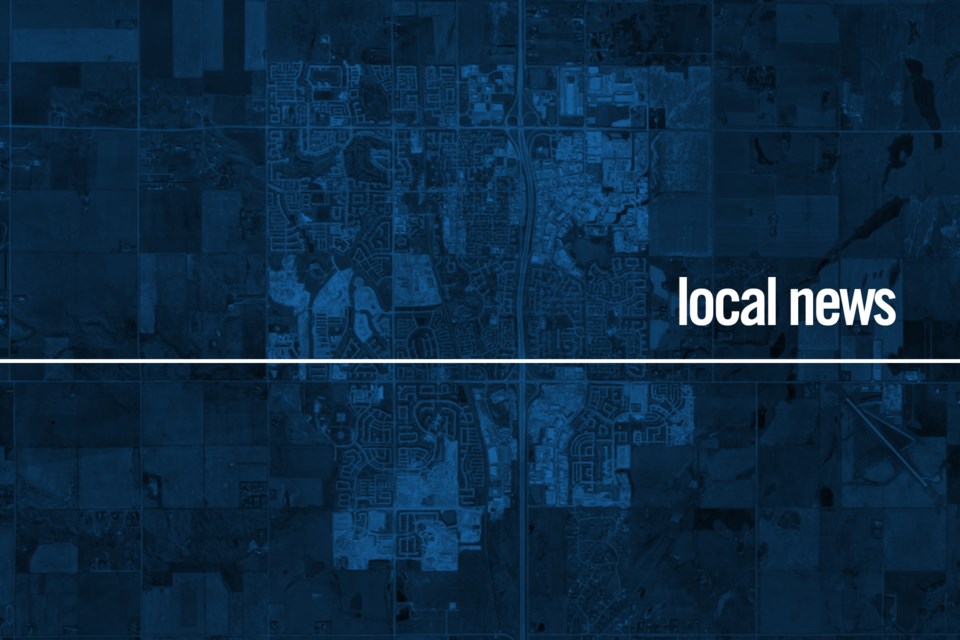Nine people have recovered from COVID-19 in St. Albert in the last 24 hours.
On Wednesday, Oct. 28, there were 125 active cases of COVID-19 in the city, with 161 people recovered. On Thursday, Oct. 29, provincial data showed nine more people had recovered from the virus in the last 24 hours, though the number of active cases stayed the same at 125 people.
This means St. Albert also saw nine new positive cases of COVID-19 since yesterday.
In the last 24 hours, 477 new cases were identified in the province and four people have died. There are currently 4,921 active cases in Alberta. To date, 21,803 Albertans have recovered from COVID-19.
In the Edmonton zone, there are 2,277 active cases with 7,326 people recovered.
There are 130 people in hospital due to COVID-19, including 18 people in intensive care.
In continuing care facilities, there are 322 active cases with 1,350 people recovered. To date, 193 facility residents have died.
Currently, about 10 per cent of schools are on outbreak or alert in Alberta, with 730 confirmed cases in these schools. In-school transmission has occurred in 87 schools. Of these, 48 have had only one new case result. According to the province, 153 schools have now been removed from the alert list.
During Thursday's update, Dr. Deena Hinshaw, chief medical officer of health, announced changes to the province's COVID-19 symptom list for those under the age of 18.
Effective Nov. 2, the province is removing runny nose and sore throat from the list of core symptoms requiring mandatory isolation for those under the age of 18. This includes the daily checklist used for school and child care settings. This change is only for those with no known exposure to a positive case of COVID-19.
"These symptoms by themselves are very poor indicators of whether a child has the virus. Based on our data so far, the risk that a child with just one of these symptoms has COVID is even lower if that child is not known to be a close contact with someone with COVID-19," Hinshaw said.
If a child only has either a runny nose or a sore throat, they should stay home and monitor their symptom for 24 hours. If their symptom is improving, testing is not necessary and they can return to normal activities once they feel well.
The COVID-19 symptoms list for anyone over the age of 18, including teachers and daycare staff, remains the same at this time.




